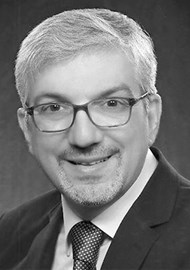The authors present the findings of a retrospective study included 17 patients who underwent rhinoplasty with concurrent septal perforation repair. They analysed the aetiology of the deformity, presenting symptoms, perforation size, intraoperative surgical techniques and complications. They evaluated postoperative subjective and objective patient satisfaction and endoscopic nasal cavity examination at the last follow-up. The main aesthetic reason for rhinoplasty was a saddle nose deformity while the main functional reason for surgery was nasal obstruction. Most patients were treated for perforation with an advancement flap, rotation flap or a combination of both. An acceptable result of complete closure with symptom relief was in 88% of cases, the authors concluded that the open rhinoplasty approach facilitated septal perforation closure, whereas septal perforation repair did not affect the surgical result of rhinoplasty. They mentioned two causes of failure of repair in their cases as tension of the mucosal flap at closing and repeated past surgeries for repair of perforation. This article shows the safety of concurrent rhinoplasty and nasal septal perforation repair.




